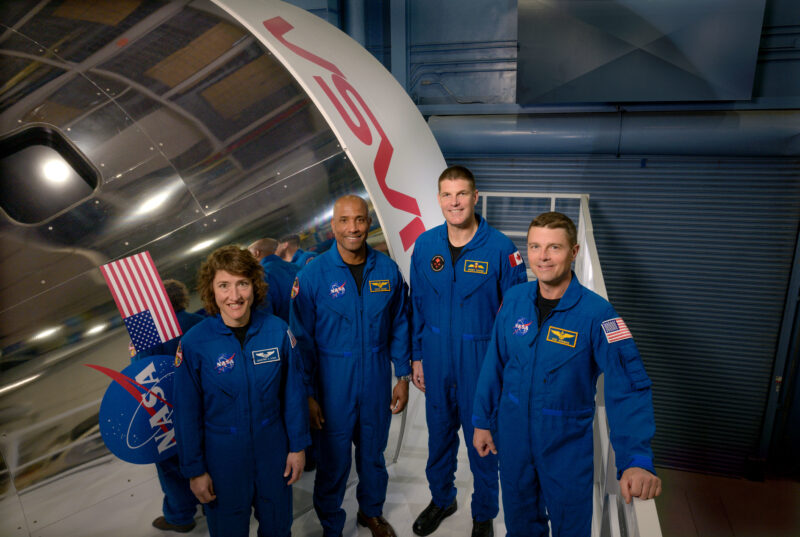
Over the course of human history, approximately 100 billion people have resided on the surface of the Earth. The vast majority of us have been confined to our planet’s sphere of influence. Only 24 individuals have traveled to the Moon; 12 of them walked on its surface. During a remarkable five-year period (1968-1972), the Apollo missions rewrote our knowledge of the history of the Solar System and set a new bar for human achievement. Sadly, this era and the people who made it possible are rapidly fading into history. Many members of the “Apollo generation” have passed on, and today, there are fewer living Moonwalkers than living U.S. presidents.
Next year, NASA will attempt to begin reversing this decline with its Artemis 2 mission. Artemis 2 is a complex undertaking which will demonstrate the capability to safely transport astronauts to and from lunar orbit for the first time in 50 years. The mission will begin with the second launch of the mammoth Space Launch System (SLS) rocket, which debuted with flying colors during last November’s Artemis 1 mission. SLS will deploy an upgraded Orion capsule with a furnished interior and a fully-functional life support system. Most significantly, four of America and Canada’s most experienced astronauts will be riding at the pinnacle of this 321-foot-tall machine. These four explorers stand ready to initiate the second great era of lunar exploration.
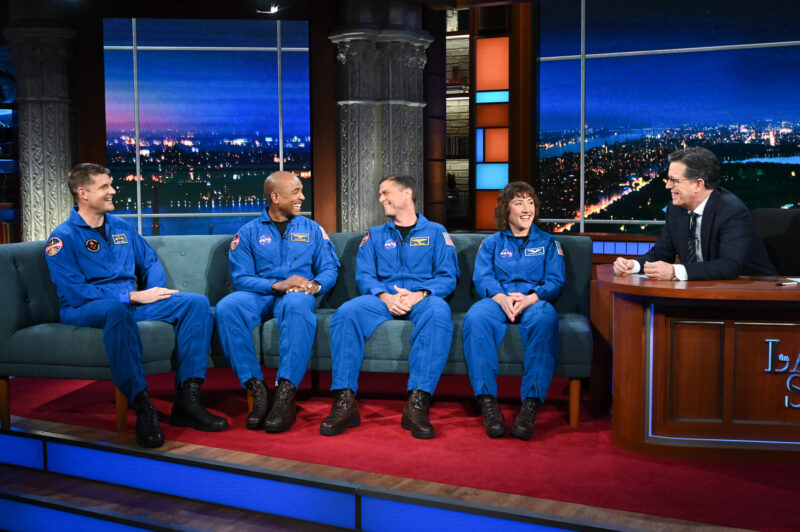
On April 3rd, NASA revealed the crew of Artemis 2 in a media event which was replete with optimism and fanfare. Following this announcement, the foursome embarked on a tour of North America, making a series of public appearances and interviews. The crew’s activities were generally greeted with enthusiasm by a public unaccustomed to lunar missions. For instance, their interview on comedian Stephen Colbert’s Late Show was viewed by over a million people, which gave it the largest audience of any guest appearance in the past three months. With their public relations tour complete, the crew is now beginning their training in earnest. Each of them contributes a unique skillset to the mission.
During its flight to the Moon, the Orion spacecraft will be in the capable hands of two former United States Navy test pilots. Artemis 2 is the culmination of a distinguished career for Reid Wiseman, the mission’s commander. After piloting the F-14, F-18, and F-35 jets, Wiseman was selected as an astronaut and launched to the International Space Station on a Russian Soyuz spacecraft. Most recently, he served in a leadership role as the Chief of the Astronaut Office. Wiseman possesses a talent for communicating the experience of space travel in an unscripted, genuine manner. When he was asked about his newest assignment and its place in history, Wiseman simply responded, “It’s humbling. It’s awesome. It’s amazing to be a part of it.” [1]
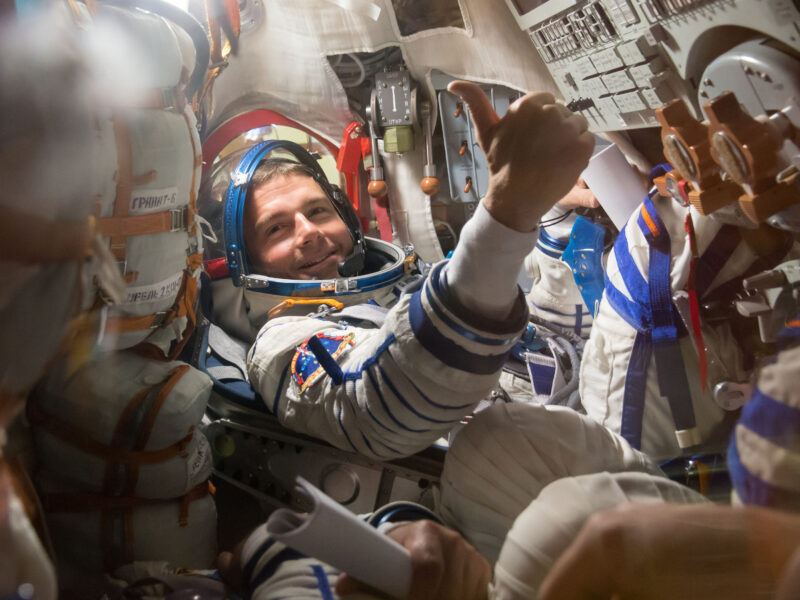
For Pilot Victor Glover, Artemis 2 will be the fulfillment of a lifelong dream. Like his commander, Glover is an accomplished pilot, with over 3,000 flight hours in the F-18 Super Hornet. He is also no stranger to groundbreaking test flights. In 2021, he served as the pilot of SpaceX Crew-1, the first operational mission of the Crew Dragon spacecraft. During a six-month mission, Glover and his crew built on the results of the Demo-2 test flight and demonstrated that the Crew Dragon is capable of reliably transporting astronauts to and from the ISS. If anything, he is even more enthusiastic about his next assignment. Two years ago, Glover stated, “I have fantasized about stepping on the Moon. It’s my dream.” [2]
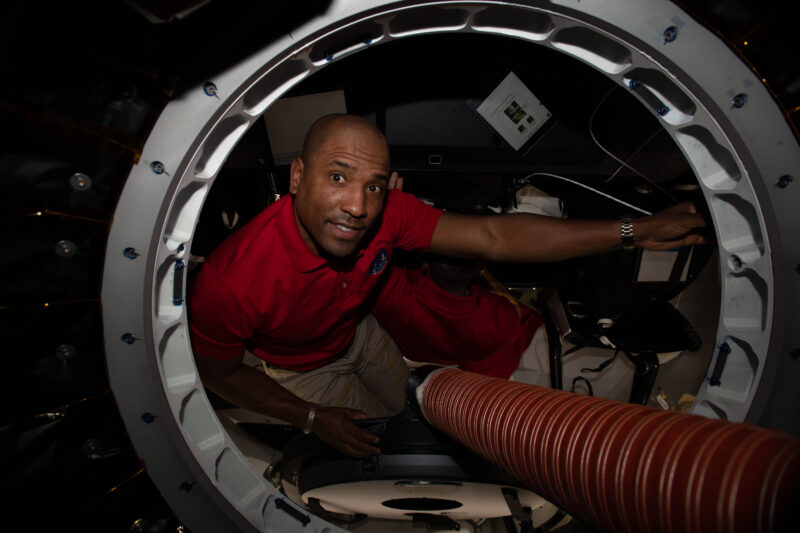
One of the Artemis program’s stated goals is to land a woman on the Moon. Christina Koch will not be landing on the Moon, per say, but she will make history as the first woman to fly on a lunar mission. Even before her selection as an astronaut, Koch was accustomed to extreme yet spectacular environments. As a systems engineer for scientific instrumentation, she spent extended periods in Antarctica, Greenland, and American Samoa. Koch is already a household name due to her record-setting Soyuz mission in 2019, where she became the second American to spend a year in space and completed the first all-woman spacewalk with fellow astronaut Jessica Meir. Koch’s journey to the Moon is just the latest phase in her lifelong fascination with the unknown. “It goes back to loving things that make me feel small,” she said. “I love looking up at the night sky. I grew up near the ocean. I loved the beach, the water, sailing on the ocean, things that made me contemplate my place in the universe.” [1]
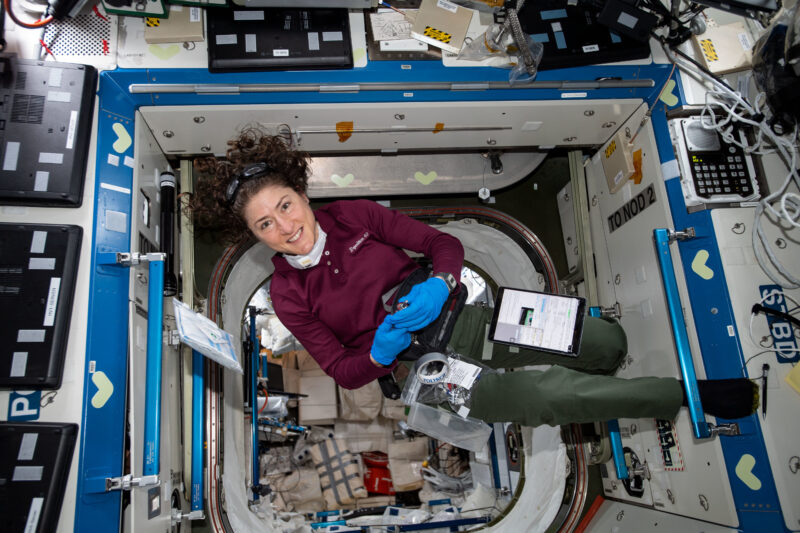
Canadian astronaut Jeremy Hansen rounds out the crew. His participation in the mission was arranged through a treaty between the United States and Canada. The Canadian Space Agency (CSA) offered to contribute a robotic arm for the upcoming Gateway space station in exchange for seats on Artemis 2 and a second, currently-undesignated, flight. NASA and CSA hope that this partnership, as well as the Artemis Accords between 25 nations, will usher in a new era of international collaboration in cislunar space. While Artemis 2 will be Hansen’s first spaceflight, he is a highly experienced F-18 pilot who served in the Royal Canadian Air Force. According to Hansen, “The Artemis program is much, much bigger than flying one mission around the Moon. It is about doing something for humanity… curating a system amongst humanity to work on these challenges.” [1]
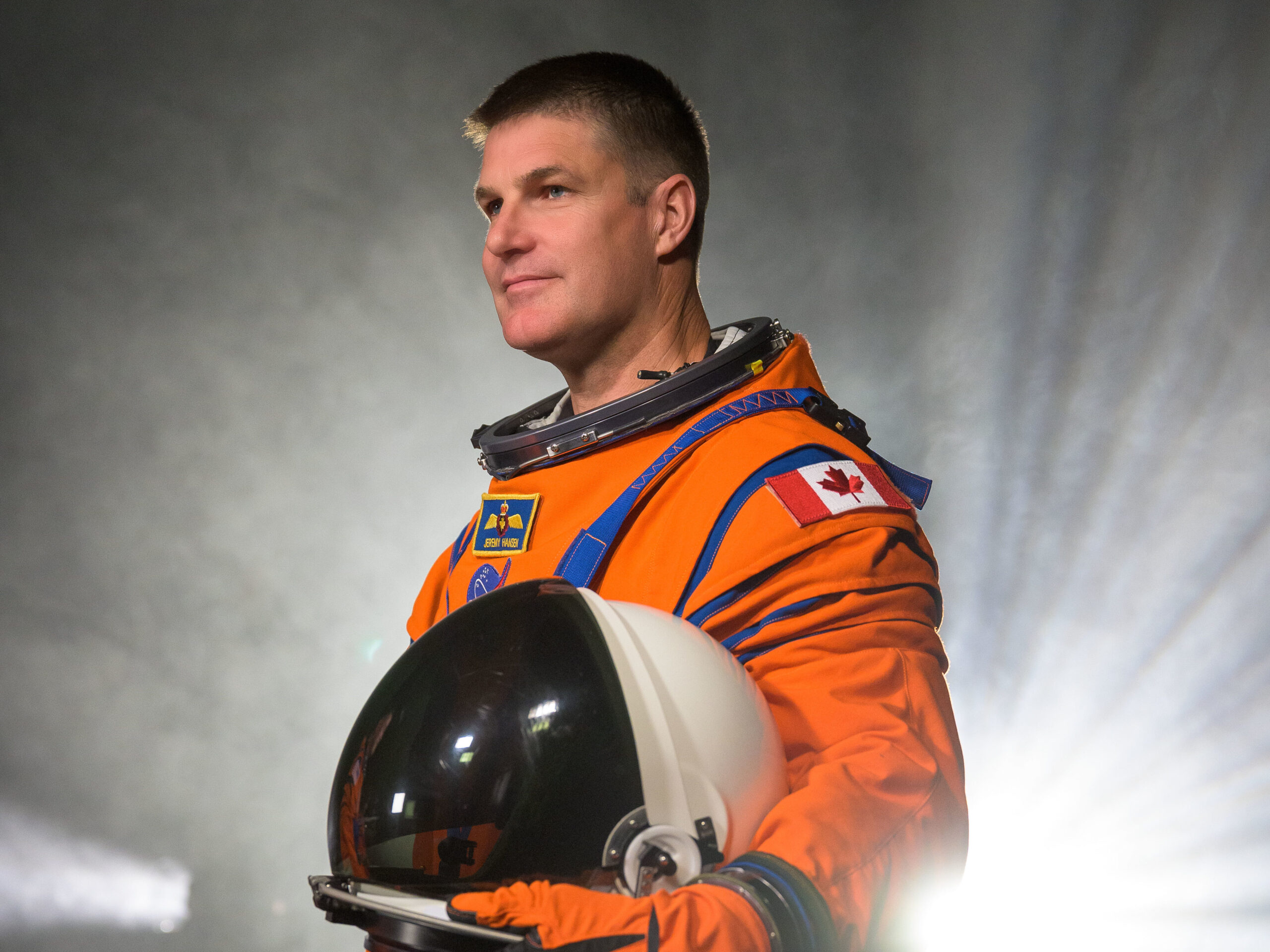
The crew has a strenuous training schedule ahead of them. Engineers at the Johnson Space Center are already beginning to familiarize Wiseman, Glover, Koch, and Hansen with the systems of the SLS rocket and the Orion capsule. Once they develop a thorough understanding of these vehicles, the astronauts will begin rehearsing portions of the Artemis 2 mission profile, such as launch and re-entry, in a simulator. They will likely complete hundreds of these simulations prior to their launch. These exercises will help the crew develop the neural pathways required to operate their vehicle and rapidly respond to any anomalies which appear in flight. During an actual flight, this “muscle memory” can make the difference between life and death. Advanced simulations will also incorporate the Flight Control team in Houston, allowing them to practice interacting with the crew.
The Artemis 2 crew will simultaneously rehearse the less dynamic aspects of their mission inside a full-scale mock-up of the Orion capsule. While it is larger than its predecessor, the Apollo Command Module, Orion is still far more confined than the ISS. During their ten-day mission, the four astronauts will need to live and work in a volume no larger than two minivans. This significantly complicates basic tasks such as exercise, sleep, and personal hygiene. In addition to instructing the crew on how to effectively utilize the available volume, this phase of the training will also teach them how to respond to emergencies, such as a fire, a micrometeorite strike, or a solar storm.
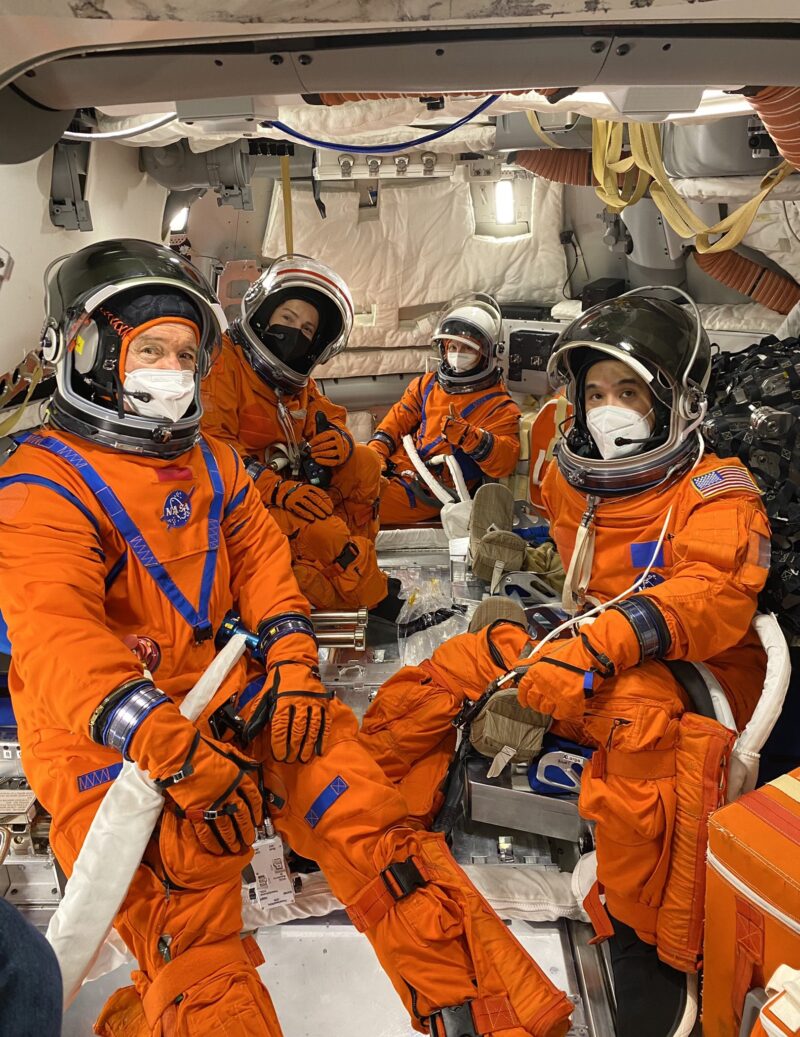
Finally, the astronauts will be educated on other assorted aspects of their mission, including its scientific objectives. While Artemis 2 is first and foremost a test flight, planetary scientists and space biologists are still eager to fit as much research as possible into the mission’s objectives. Indeed, the crew has already received “Lunar Fundamentals” training. This course gave them the knowledge required to make relevant observations of the geology of the lunar surface.
Meanwhile, a small army of engineers and technicians is preparing the Artemis 2 vehicle itself for flight. While Wiseman, Glover, Koch, and Hansen are the public faces of the Artemis program, they are supported by tens of thousands of civil servants and contractors. This workforce began building their spacecraft long before Artemis 1 even left the launch pad. The most visible example of their progress is the Artemis 2 SLS, which is already approaching final assembly. The massive rocket’s Core Stage is complete, and it is awaiting the installation of its four RS-25 engines. Once this process is complete, it will be shipped to the Kennedy Space Center at some point in the fall.
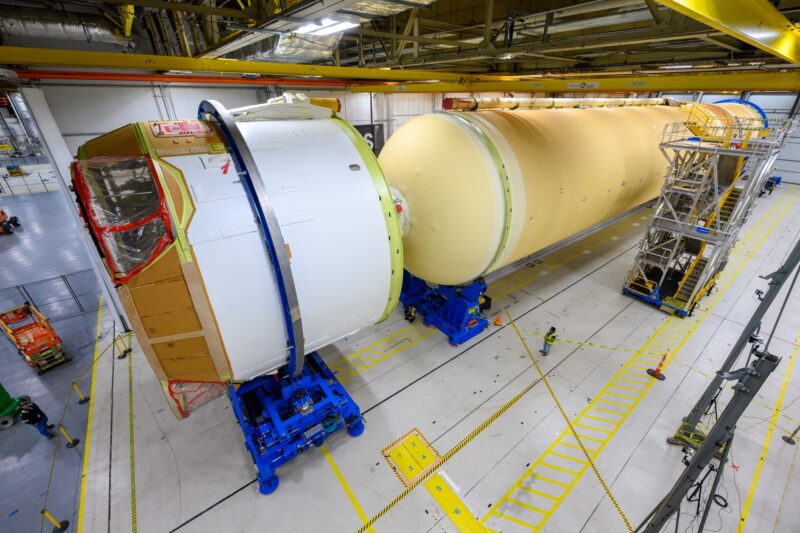
For much of 2022, the Orion spacecraft resided in a state of limbo. Several years in advance, NASA managers decided to equip this vehicle with reused avionics boxes from Artemis 1. Artemis 1, in turn, was repeatedly delayed by a string of hydrogen leaks from that mission’s Core Stage. The Artemis 2 Orion finally received its avionics in December, and from that point onward, its assembly has proceeded smoothly. The capsule will be mated with its service module during the summer. Following this milestone, it will be tested extensively to ensure that its unproven life support system can keep Wiseman, Glover, Koch, and Hansen alive in the vacuum of space.
During the opening months of 2024, the final preparations for Artemis 2 will begin in earnest. Over a period of several months, the SLS will be assembled in NASA’s Vehicle Assembly Building, beginning with its Solid Rocket Boosters. They will be joined by the Core Stage, the Interim Cryogenic Propulsion Stage (ICPS), and finally Orion itself. The entire stack will be transported to its launch pad by a giant crawler-transporter. Around the same time, Wiseman and his crew will fly to the Kennedy Space Center in NASA’s T-38 jets, where they will spend a handful of days in quarantine before the beginning of their intrepid voyage.
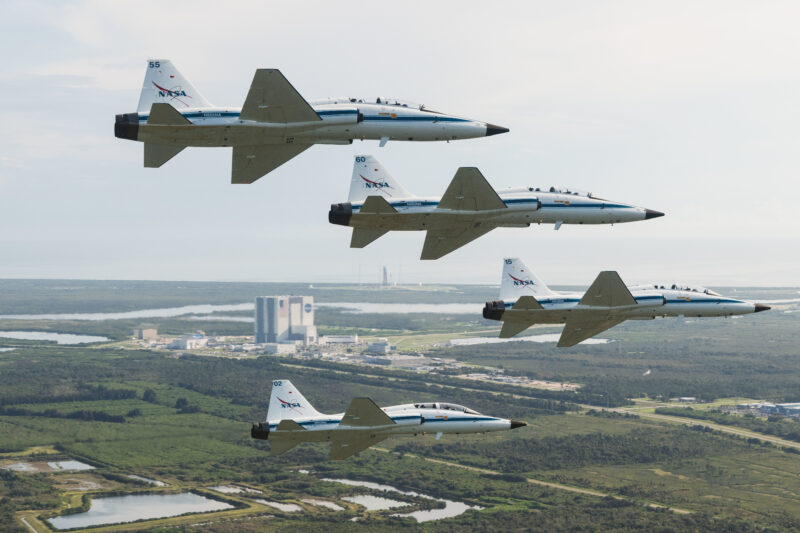
At this point, the stage will be set for the first crewed mission to the Moon in half a century. Wiseman, Glover, Koch, and Hansen will don their space suits in the historic Operations and Checkout Building, following in their footsteps of their Apollo forbearers. They will have the opportunity to wave to their families before they are transported to the launch pad by a new, futuristic Astrovan built by Canoo Technologies. A “Red Crew” of technicians will strap them into Orion, where they will wait for three hours while the launch control team prepares the SLS for flight. During this period, the crew will have little to do but monitor their spacecraft’s systems while their rocket creaks and groans from its full load of cryogenic fuel.
At T-0, the Solid Rocket Boosters will ignite and Artemis 2 will leap off the pad. For eight minutes, the four astronauts will be propelled towards orbit by more thrust than any human has ever experienced. From the perspective of the astronauts, the ascent should be somewhat similar to the experiences of Space Shuttle crews. Shuttle veterans reported that the Solid Rocket Boosters produced violent shaking for the first two minutes of flight, which was followed by a relatively gentle climb to orbit.
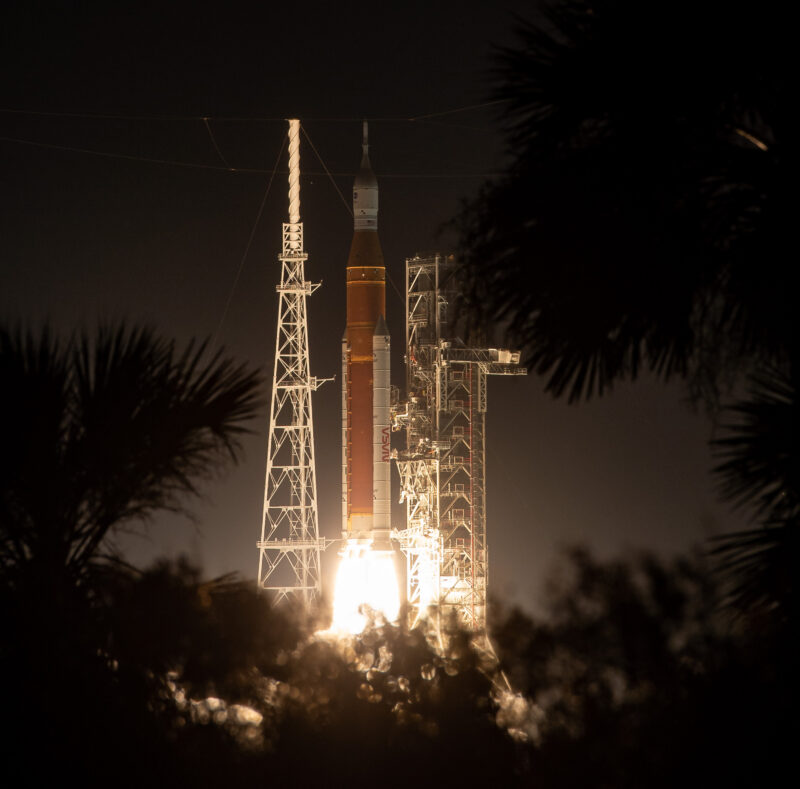
After spending one 90-minute revolution in Low Earth Orbit, the ICPS will fire for a final time to insert Orion into a highly elliptical trajectory. Shortly thereafter, Wiseman and Glover will guide their capsule through a series of maneuvers using the spent stage as a target. This demonstration will allow the astronauts to assess Orion’s handling qualities while it is under manual control. Artemis 2 will spend approximately 24 hours in its highly elliptical orbit, permitting the Flight Control team to confirm that the capsule’s life support system is functional before they commit the crew to the ten-day trip to the Moon. As Orion reaches its peak altitude of 74,000 kilometers, the crew will be treated to a spectacular view of the entire vibrant disk of the Earth.
Once Orion returns to its perigee, the service module will fire its engine for the trans-lunar injection burn, which will propel the capsule and its occupants towards the Moon. While ten days might seem like a long period to spend inside a capsule, Wiseman, Glover, Koch, and Hansen will be busy. The will exhaustively test Orion’s systems, practice building a radiation shelter, conduct scientific experiments, and attempt to communicate their unique experience to those of us remaining Earthbound. The climax of their mission will be a flyby of the Moon itself. While the Apollo astronauts orbited just 100 kilometers above the lunar surface, orbital mechanics dictate that Orion will follow a more distant path. The astronauts will witness a view never before seen by human eyes: The complete, illuminated disk of the far side of the Moon, with the Earth in the background. In the process, they will travel further from Earth than any human in history. Once the flyby is complete, they will reenter the Earth’s atmosphere at Mach 32 and splash down off the coast of California.
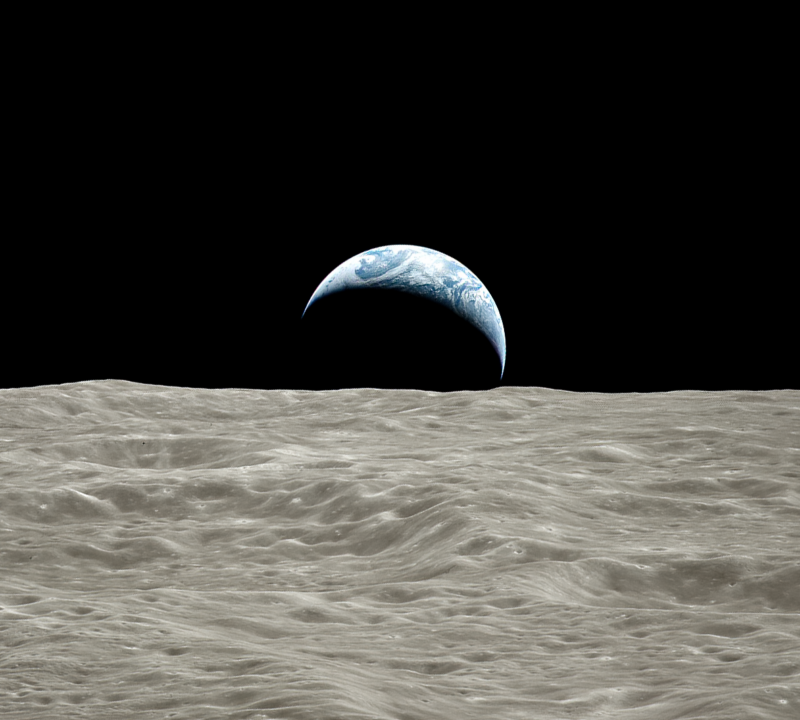
Artemis 2 will be an ambitious mission, the likes of which have not been seen for 50 years. In several ways, the flight is about more than just sending four people to the Moon. It is also the beginning of a campaign which will lead to a sustained presence on the Moon and a crewed mission to Mars – achievements which will mark our metamorphosis into a true spacefaring civilization. On a deeper level, the astronauts have already captured the imagination of the public with their courage and their eloquence. Reid Wiseman, Victor Glover, Christina Koch, and Jeremy Hansen are our heroes. Perhaps this is because they are symbols of an innately human desire to explore the unknown. Or perhaps it is because, when it seems like we are often surrounded by examples of humanity at its worst, they represent humanity at its best.




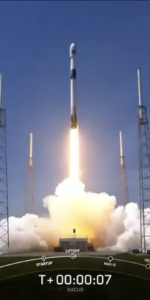
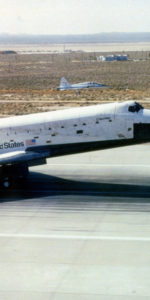
There were 27 men who have traveled to the moon. Missions of Apollo 8, 10, 11, 12, 13, 14, 15, 16 , and 17. Unless you’re not counting the crew on the Apollo 13 fly by.
Hi David,
You correctly calculated the total number of crew seats which were available during Apollo. The reason why there is a disconnect between this number and the number of men who traveled to the Moon (24) is because three of the astronauts flew twice. These individuals are: Jim Lovell (Apollo 8 and 13), John Young (Apollo 10 and 16), and Gene Cernan (Apollo 10 and 17).
Thank you for your interest in this story!
I’d like to see that engine block made removable for wet workshops. Maybe have it directly linked to an RP-1 tank with the rest of SLS be LOX.
Recover the kero-block.